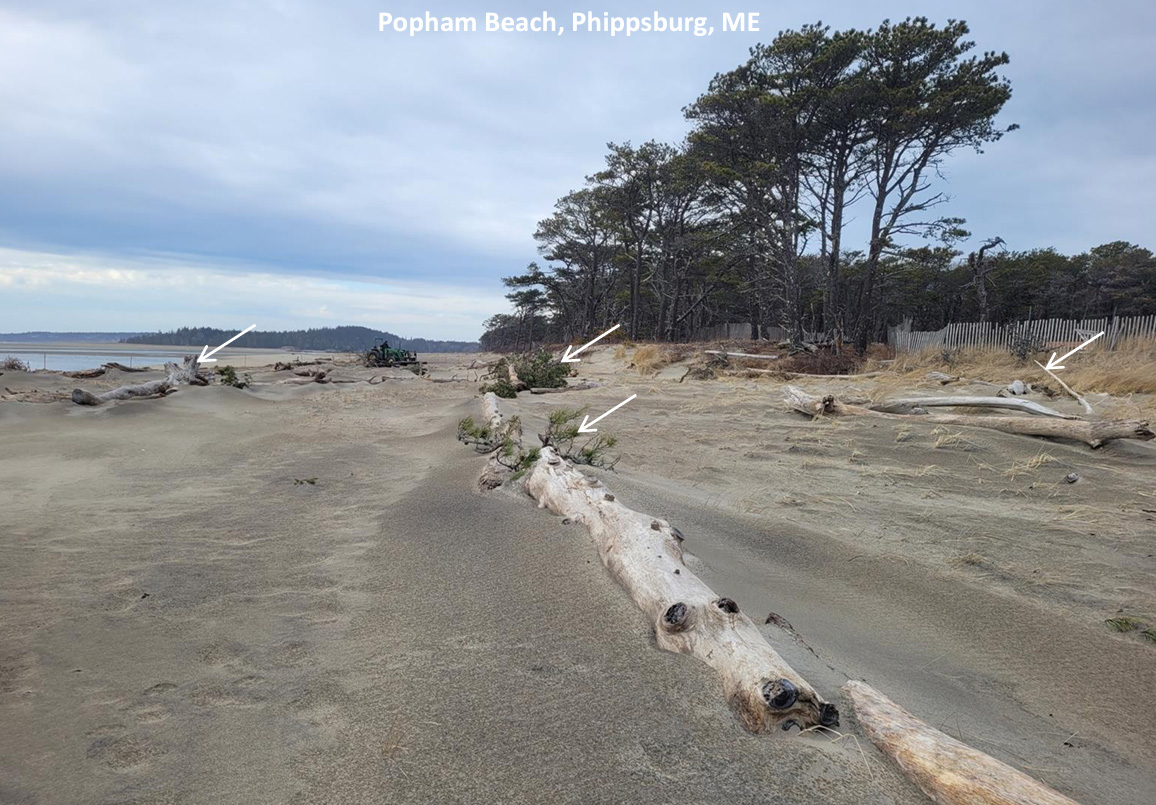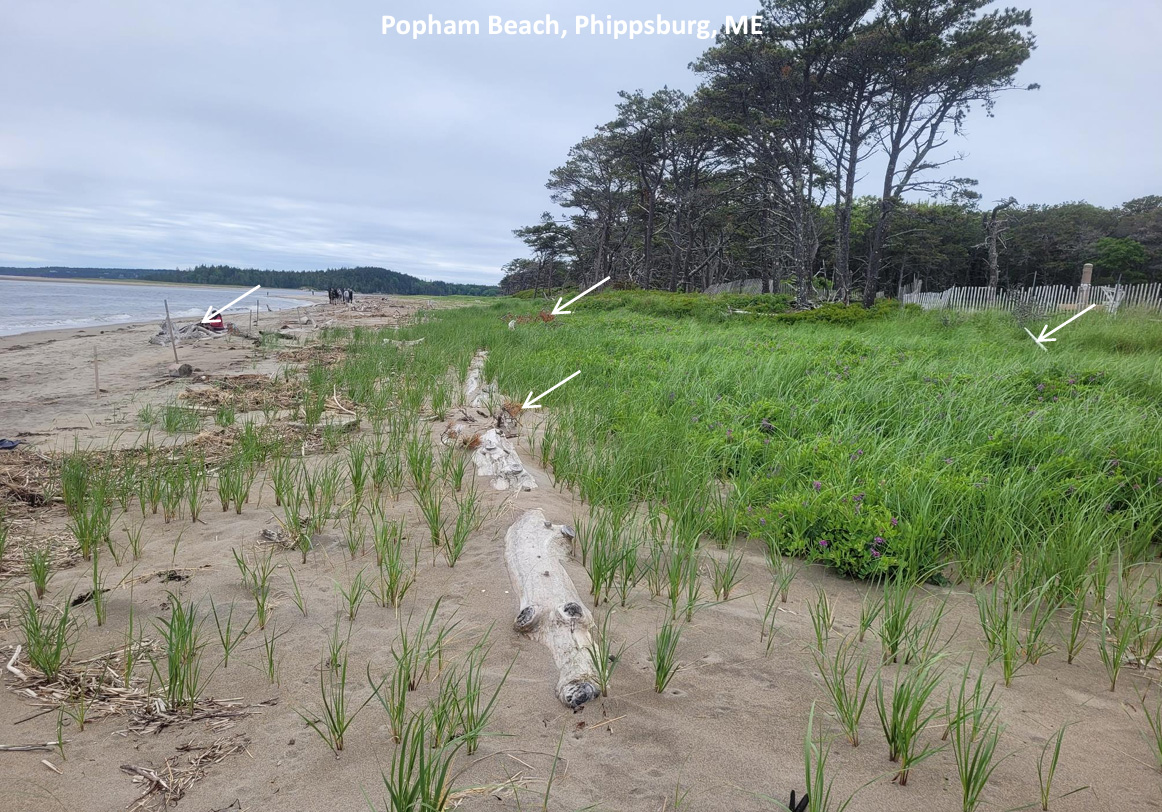Maine Restores Sand Dunes with Reclaimed Trees
The Takeaway: Innovative sand dune restoration along Maine’s coastline employs reclaimed trees to fortify eroded areas, showcasing successful collaborative efforts between local authorities and environmental agencies.

In late December 2022, a fierce storm battered Maine’s coastline, causing extensive erosion along its beaches. In the aftermath, the towns of Bristol, Phippsburg, and South Portland placed washed-up trees, as well as discarded Christmas trees, in the dunes to trap sand and reinforce their base in a method previously untested in Maine. Spearheaded by the Maine Geological Survey and in collaboration with the three coastal towns, this project bolstered the resilience of the coastline’s natural defenses. Windblow and wave-deposited sand was successfully trapped by the trees, and the vegetation began to grow back in as little as a few months.
Three distinct case studies showcased the effectiveness of tree reuse in dune restoration:
Pemaquid Beach, Bristol
The storm caused significant dune scarping (erosion) on this beach. Bristol’s Parks Department partnered on a project to strategically place sections of washed-up logs perpendicular to the shore, reinforcing the scarped dune’s base. Overhanging areas of the dune were collapsed to hasten natural collapse.


Popham Beach State Park, Phippsburg
The storm caused extensive flattening of the dunes, prompting the Morse River channel's northward migration. Dozens of washed-up logs were arranged parallel to the shore, mirroring natural dune ridges. This arrangement aimed to trap windblown sand, enhancing dune restoration efforts in partnership with the Maine Bureau of Parks and Lands.
Willard Beach, South Portland
Storm-induced flattening and erosion threatened buried infrastructure. To counter this, over 200 discarded holiday trees were strategically placed in rows parallel to the shore. This alignment mimicked dune ridges, effectively trapping windblown and wave-deposited sand. Collaboration with the city and acquiring a solid waste permit from the Maine Department of Environmental Protection facilitated this restorative effort.
Through these initiatives, Maine’s Coastal Management Program, alongside the Maine Geological Survey, demonstrated the viability of reusing trees to reinforce and restore eroded sand dunes. These approaches not only showcased innovation but also underscored the importance of collaborative efforts between local authorities and environmental agencies in safeguarding coastal ecosystems. (2024)
Partners: Maine Geological Survey, Maine Coastal Management Program, Maine Bureau of Parks and Lands, Maine Department of Environmental Protection, the Towns of Bristol, Phippsburg, and South Portland, Maine
PRINT